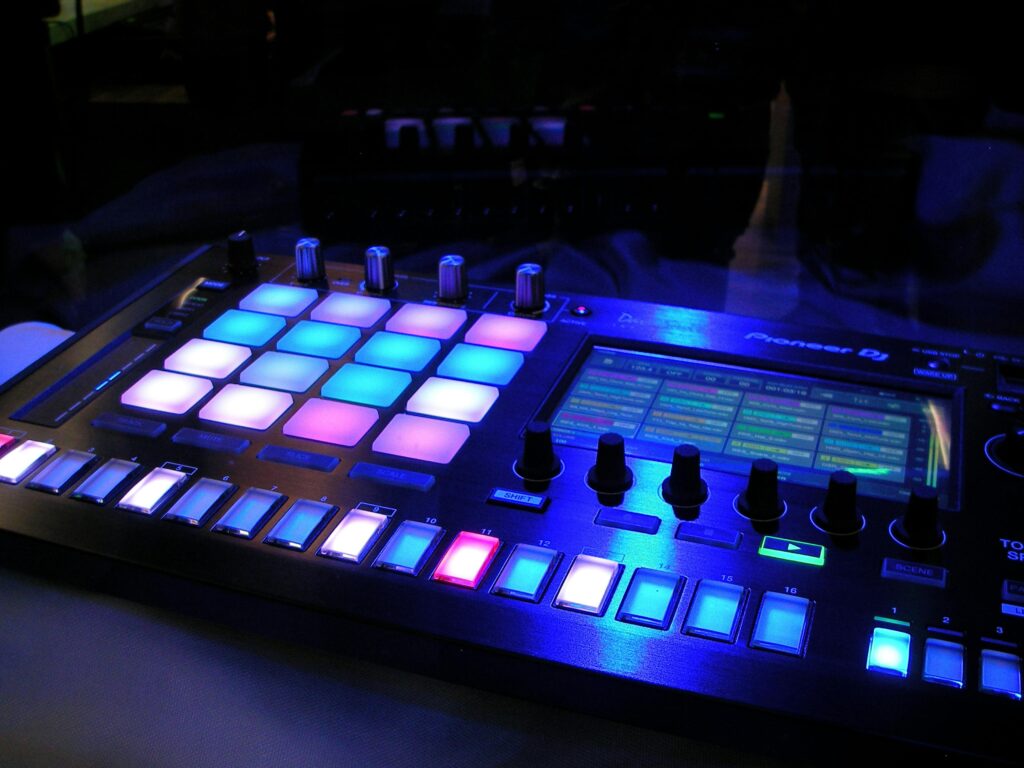Music, a universal language that transcends borders, has the power to evoke emotions, trigger memories, and create a profound connection between individuals. While many enjoy the beauty of music, few venture into the realm of music analysis, where the intricate layers of a composition are unveiled. In this blog post, we’ll explore the fascinating world of music analysis, shedding light on the methods and tools used to dissect and understand the complexities of musical pieces.


I. The Basics of Music Analysis:
1. Elements of Music:
- Melody: The tune or main musical line that captures the listener’s attention.
- Harmony: The combination of different musical notes played simultaneously, creating a rich and full sound.
- Rhythm: The pattern of beats and time signatures that give structure to the music.
- Dynamics: The variation in volume and intensity throughout a piece.
2. Form and Structure:
- Verse-Chorus Structure: Common in popular music, with alternating verses and choruses.
- Sonata-Allegro Form: Often found in classical music, characterized by exposition, development, and recapitulation.


II. Analytical Approaches:
1. Music Theory:
- Chord Progressions: Understanding the sequence of chords used in a piece.
- Modal Analysis: Examining the scales and modes employed by the composer.
- Counterpoint: Analyzing the interplay of multiple independent melodic lines
2. Spectral Analysis:
- Timbre: Exploring the unique quality of different instruments and voices.
- Frequency Analysis: Examining the distribution of frequencies to understand the tonal characteristics.
3. Lyric Analysis:
- Semiotics: Investigating the symbols and meanings embedded in the lyrics.
- Narrative Structure: Identifying the storyline or thematic elements within the song.
III. Tools for Music Analysis:
1. Software Solutions:
- Sibelius and Finale: Notation software for visualizing musical scores.
- Audacity and Ableton Live: Audio editing software for examining waveforms and manipulating sound.
2. Musicology and Ethnomusicology:
- *Historical Context:* Placing the music within its cultural and historical framework.
- *Comparative Analysis:* Studying how different cultures approach and interpret similar musical elements.
IV. Case Studies:
1. Beethoven’s Symphony No. 9:
- Ode to Joy: Analyzing the use of a simple melody transformed into a grand choral masterpiece.
2. The Beatles’ “A Day in the Life”:
- Experimental Techniques: Exploring the unconventional structure and instrumentation.
Conclusion
Music analysis unveils the intricate craftsmanship behind our favorite tunes, providing a deeper appreciation for the art form. Whether you’re a musician, a music enthusiast, or simply curious about the magic behind the melodies, delving into the world of music analysis can open up new dimensions and enhance your musical experience. So, the next time you listen to a song, consider the layers that lie beneath the surface, waiting to be discovered.




